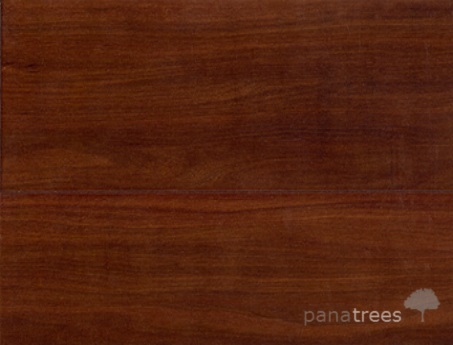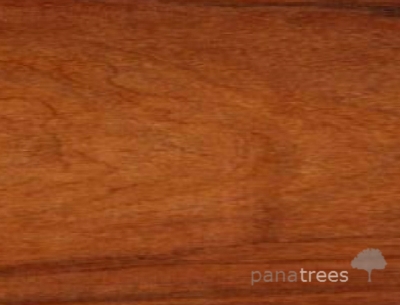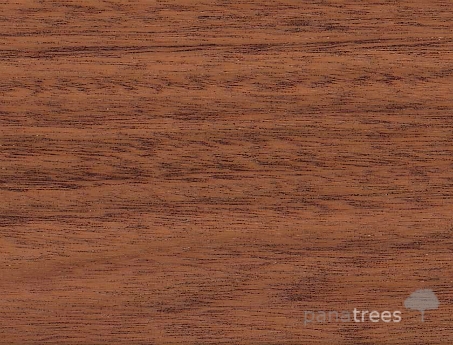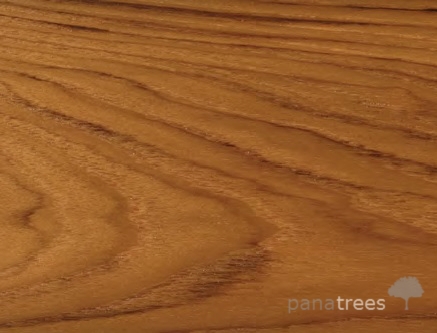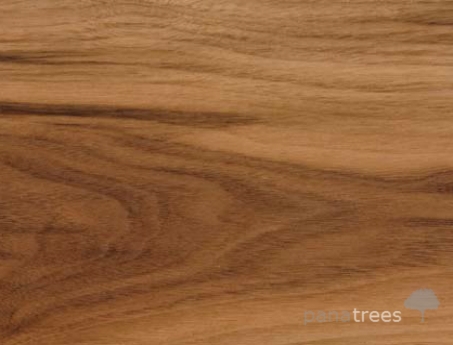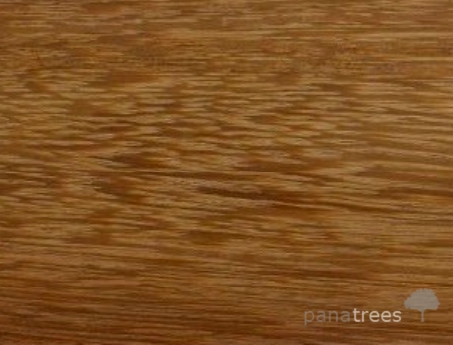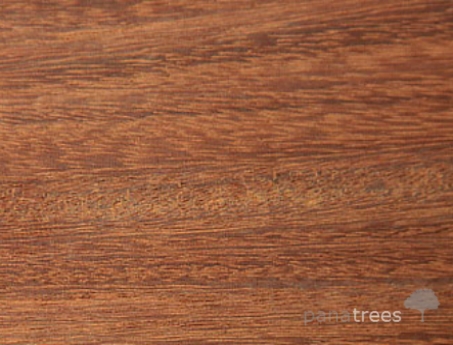
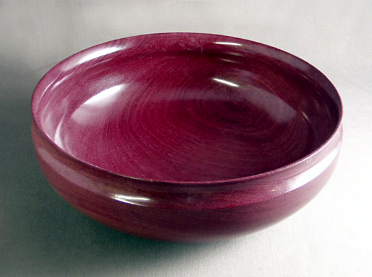
Hardwood resistance
The heartwood of this species is naturally and highly durable in resistance to decay fungi. Purple Heart is very resistant to dry wood termites, but has little resistance to marine borers, making it better for non-marine projects.
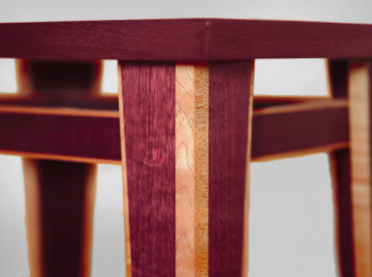
Unforgettable color
When freshly cut the heartwood of Purpleheart is a dull grayish/purplish brown. Upon exposure the wood becomes a deeper eggplant purple. With further age and exposure to UV light, the wood becomes a dark brown with a hint of purple. This color-shift can be slowed and minimized by using a UV inhibiting finish on the wood.
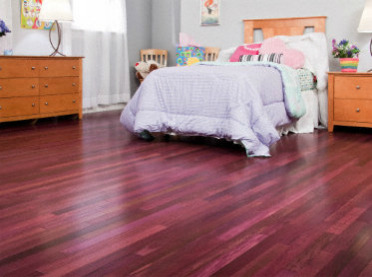
Why it so popular?
This colorful Latin American hardwood is tremendously popular for furniture and other designs that call for a unique splash of color. In addition to its coloration, Purpleheart has excellent strength properties, and can be used in applications where strength is important.
Description
Purpleheart or Amarynth (from the Peltogyne spp.) is a brilliantly colored hardwood from South America that is very popular for its naturally deep purple color. The color is a pale brown when freshly cut, darkening to deep violet purple with UV exposure in a few days. Occasionally the trees produce either fiddleback or a ropey mottled curl from interlocked grain. Trees are normally large with 70-100′ heights and 2-3′ diameters. Trunks are long and free of limbs with a nice canopy or limbs only at the top of the tree. The wood has coarse open grain and is dense and durable.
Besides its striking appearance, Purpleheart also stands out from the crowd for its performance. It’s very resistant to decay fungi and dry-wood termites. With a T/R ratio of 1.90 it’s more stable than most species, which means it has less tendency to warp and move after installation. Both its durability and its stability make it a smart choice for decking, and left to weather without a UV inhibitor it will silver in color.
With a Janka Hardness rating of 1860, Purpleheart is 124% harder than Red Oak. This surface hardness means Purpleheart flooring better resists indentations, for example, from heels or a dropped can. And finally, it has very high modulus of elasticity and bend strength. This means it can take a beating, and because of this it’s preferred for many industrial applications, like truck decking.
If you are working with Purpleheart, it is recommended that you use carbide blades as the same features that make this wood exceptional, can also lead to a blunting effect on tools. Otherwise, Purpleheart turns and glues well. Its also worth keeping in mind that the weight of Purpleheart is around 60 pounds per cubic foot, or about twice as heavy as pine.
When finishing Purpleheart there are a few things to keep in mind. First, Purpleheart often contains resin. This tends to rise to the surface after its first sawn at the mill during the initial air-drying. As the lumber continues to dry, or is kiln-dried this resin dissipates. Pieces of rough lumber that show resin on the surface can be surfaced, for a clean face. As a preventive measure to avoid any potential future bleeding, some woodworkers choose to apply a first coat of de-waxed shellac to seal the wood before applying clear finishes. Second, because Purpleheart will darken with exposure to sunlight, its important to consider whether you want to preserve the brighter Purple using a finish with a UV inhibitor, or if you want the color to darken.
The unusual and unique color of purpleheart makes this wood desirable for turnery, marquetry, cabinets, fine furniture, parquet flooring, and many specialty items, such as billiard cue butts and carvings. Other uses include heavy construction, shipbuilding, and chemical vats.
Sanding can also present more of a challenge with this hard exotic wood, and for large applications like floors, professional preparation is recommended.
Suitability
- Cabinet doors
- Stairs and balustrades
- Decking
- Flooring & Staircases
- Furniture
- Joinery
- Boating
- Veneer
Technical information
| Density (kg/m3 dry) | 905 | Hardness (Janka) (kN) | 11.2 | Resistance to split in nailing | Good |
| Specific gravity | 0.76-0.9 | Finish | Excellent | Resistance to split and screwing | Good |
| Modulus of rapture (Mpa dry) | 151.7 | Stability | High | Gluing | Good |
| Modulus of elasticy (Mpa dry) | 20.21 | Crushing Strength (Mpa dry) | 83.7 | Durable | High |
| Radial shrinkage % | 3.8 | Sapwood Lyctid Susceptible | No | Trees | 25-35 year old |
| Tangential shrinkage % | 6.4 | Machining | Good | Round logs | Girth of 80-250 cm |
| Volumitric % | 10.6 | T/R ratio | 1.7 | Growing regoin | Central and South America |
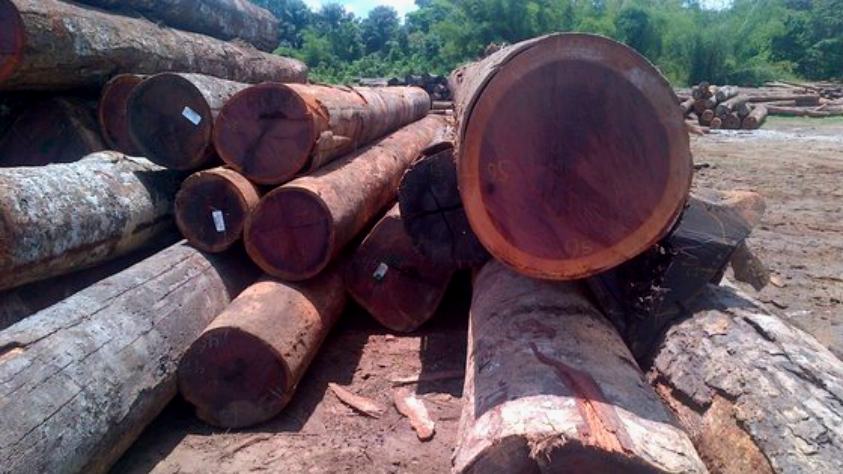
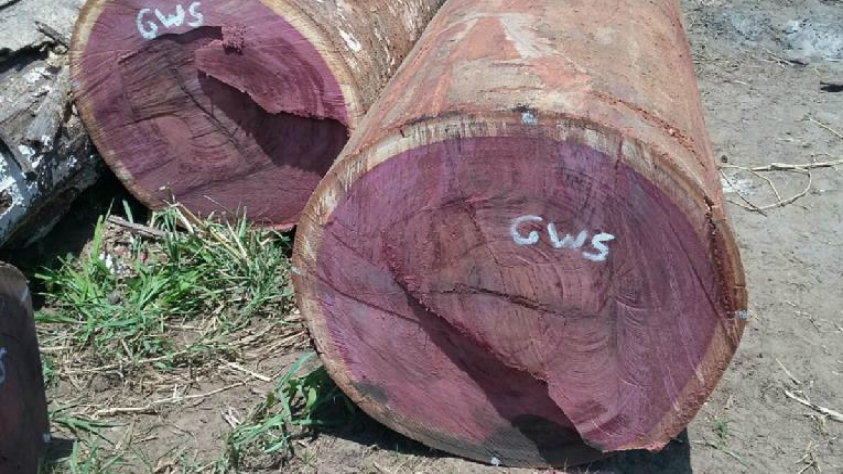
Round logs. Different sizes available
- per ton


